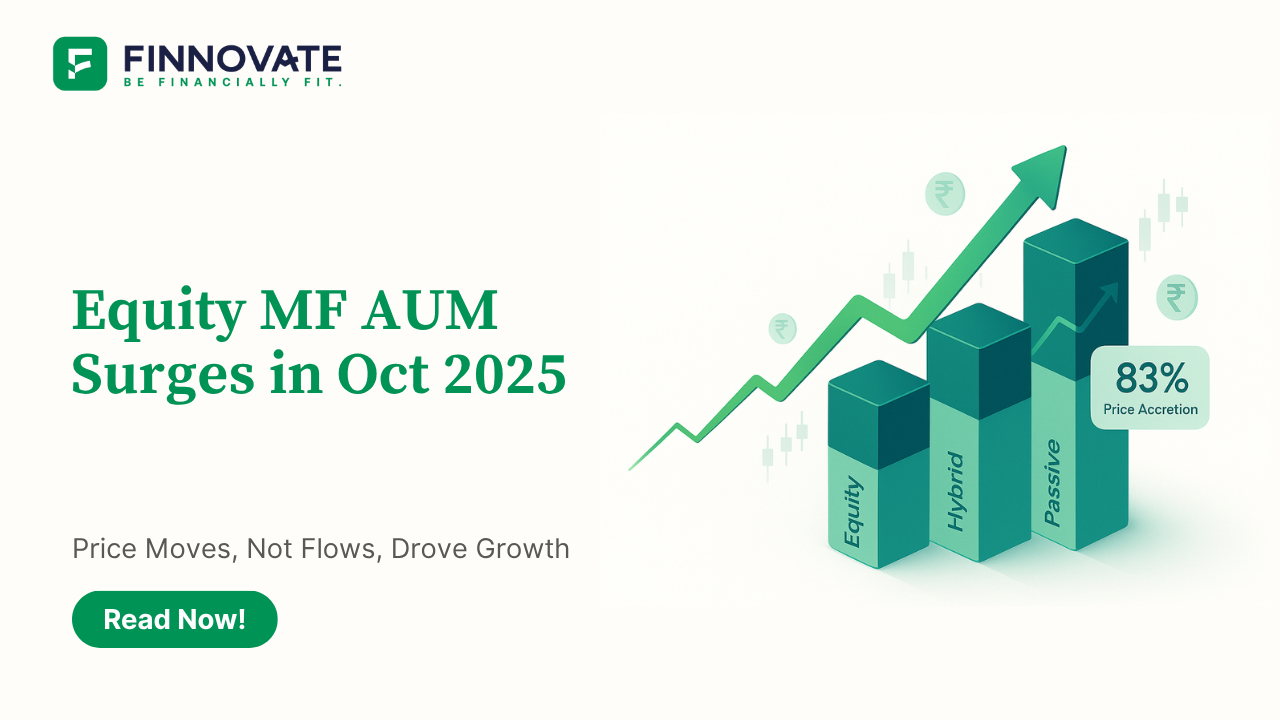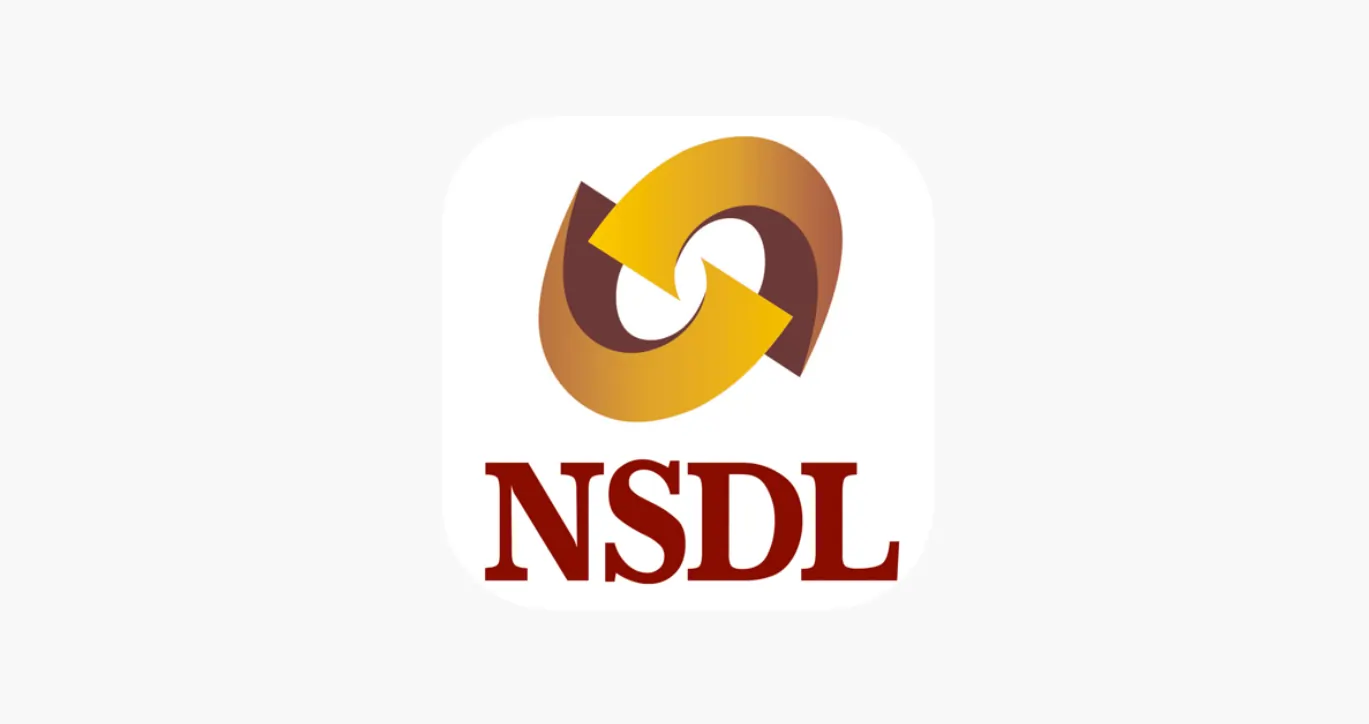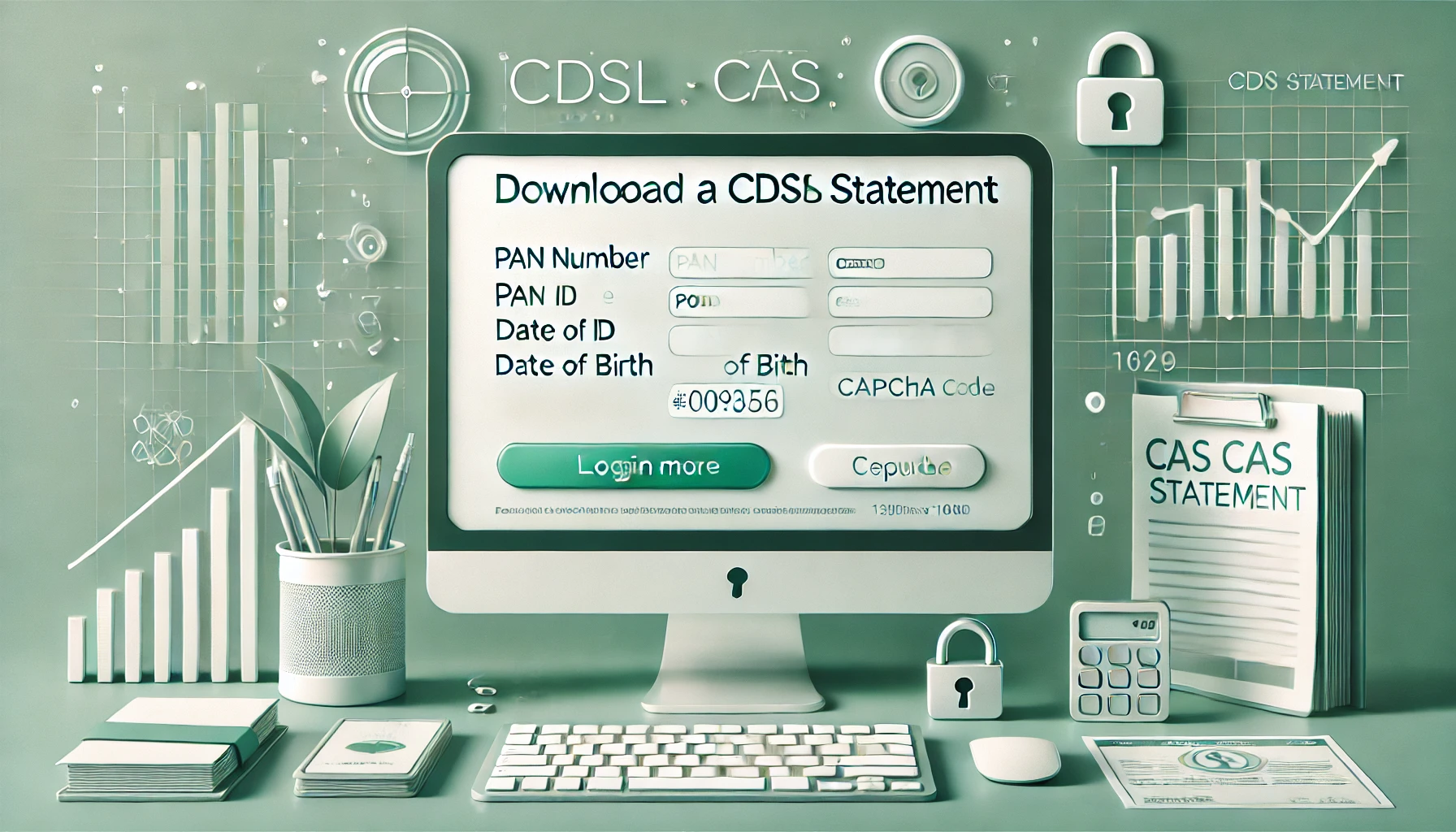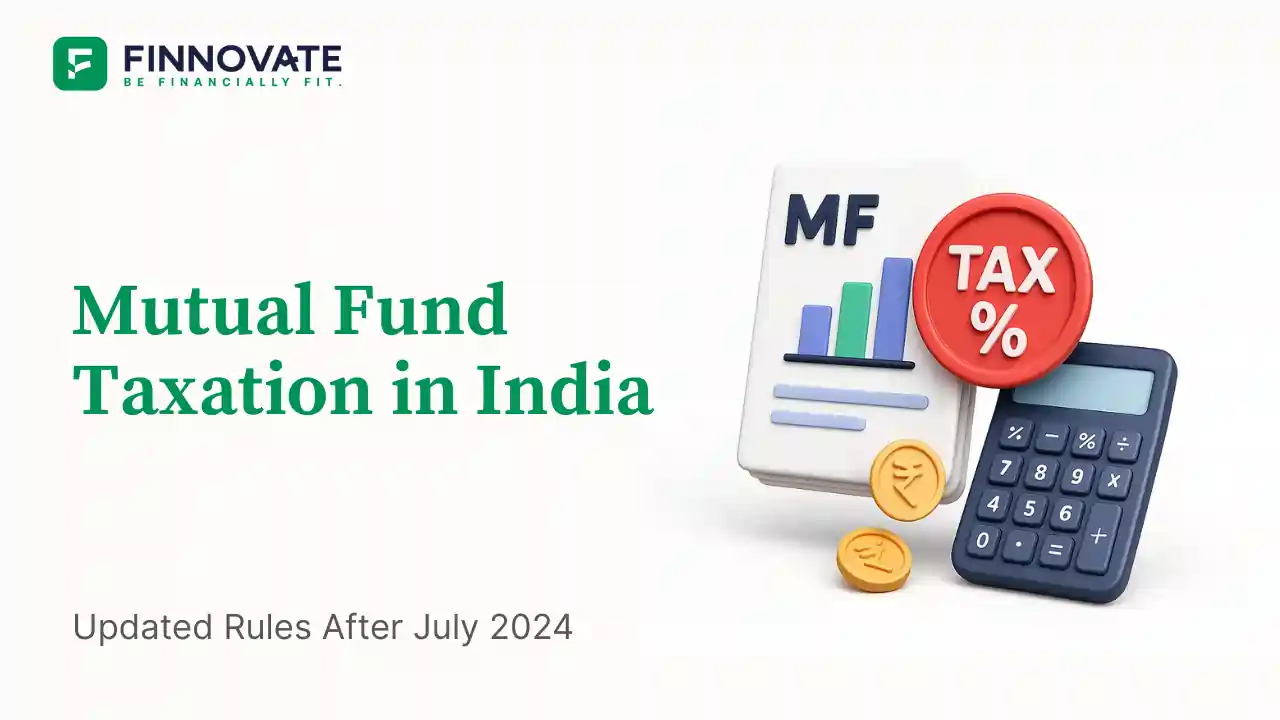Equity MF AUM Surges in Oct 2025 - Price Moves, Not Flows, Drove Growth

By

India’s mutual fund industry came close to touching the ₹80 trillion mark in October 2025. At first glance, it looks like investors poured massive money into equity funds. But the real story is different - this AUM jump was driven far more by market rally than by investor inflows.
Between September and October, overall MF AUM rose from ₹75.36 trillion to ₹79.62 trillion, an accretion of ₹4.26 trillion. But for equity-linked categories, price appreciation did most of the heavy lifting.
Debt funds typically see AUM changes due to inflows or outflows. But equity funds, hybrid funds, and passive equity funds move based on two forces - new flows and market price changes (MTM gains). In October 2025, the second factor dominated.
Here's how each segment behaved:
Equity-linked categories benefited sharply from the October index rally and this shows up clearly in the numbers.
In October 2025, equity mutual funds saw overall AUM accretion of ₹1,48,434 crore. But here’s the real insight:
That means 83.37% of the AUM rise was due to the market rally - not investor money. Only 16.63% came from fresh investments.
In simple words: investor portfolios grew because markets went up, not because investors bought more.
The table below summarizes the key metrics for active equity categories.
| Category | Net Inflow (₹ Cr) | AUM Accretion (₹ Cr) | Price Accretion (₹ Cr) | Price Move Dominance |
|---|---|---|---|---|
| Dividend Yield Fund | -178.96 | 969.98 | 1,148.94 | 118.45% |
| ELSS | -665.66 | 8,489.50 | 9,155.16 | 107.84% |
| Value/Contra Fund | 368.39 | 8,722.77 | 8,354.38 | 95.78% |
| Large Cap Fund | 971.97 | 15,063.19 | 14,091.22 | 93.55% |
| Sectoral/Thematic | 1,366.16 | 20,361.25 | 18,995.08 | 93.29% |
| Focused Fund | 939.06 | 7,158.97 | 6,219.91 | 86.88% |
| Mid Cap Fund | 3,807.11 | 21,066.24 | 17,259.13 | 81.93% |
| Large & Mid Cap | 3,177.07 | 15,254.86 | 12,077.79 | 79.17% |
| Small Cap Fund | 3,476.04 | 15,621.56 | 12,145.52 | 77.75% |
| Multi Cap Fund | 2,500.43 | 9,885.64 | 7,385.21 | 74.71% |
| Flexi Cap Fund | 8,928.71 | 25,840.13 | 16,911.43 | 65.45% |
| Active Equity Funds Total | 24,690.33 | 1,48,434.10 | 1,23,743.77 | 83.37% |
Data Source: AMFI (absolute numbers are ₹ in crore).
Categories like Dividend Yield, ELSS, Value/Contra, Large Cap, and Sectoral/Thematic had extremely high price dominance. This usually happens when:
Mid Cap, Large & Mid Cap, Small Cap, Multi Cap funds saw strong flows, but price appreciation still formed the bulk of AUM rise.
These categories contributed the highest rupee AUM gains. Flexi Cap alone added ₹25,840 crore, with healthy SIP flows plus market gains.
The October 2025 market rally lifted equity NAVs across categories. So even categories with low inflows ended up showing high AUM growth.
Meanwhile:
Essentially, October was a month where the market did most of the work.
In short, October 2025 was a reminder that mutual fund AUM doesn’t always reflect investor behaviour - sometimes it’s just the market lifting the tide.
Disclaimer: This article is for informational and educational purposes only and does not constitute investment advice.
Finnovate is a SEBI-registered financial planning firm that helps professionals bring structure and purpose to their money. Over 3,500+ families have trusted our disciplined process to plan their goals - safely, surely, and swiftly.
Our team constantly tracks market trends, policy changes, and investment opportunities like the ones featured in this Weekly Capsule - to help you make informed, confident financial decisions.
Learn more about our approach and how we work with you:

Learn how to easily download your NSDL CAS Statement in PDF format with our step-by-step guide. Follow our instructions to log in to NSDL e-Services, download your account statement, and subscribe for
Read Full
Explore what Specialised Investment Funds (SIFs) are, their benefits, taxation, minimum investment, how to invest, how they compare with mutual funds and PMS and latest developments in SIF space
Read Full
Learn How to Download Your CDSL CAS Statement with our step-by-step guide. Easy instructions for accessing your investment details online.
Read Full
Analyzing the potential economic impact of the 2025 India-Pakistan conflict on India's GDP growth, manufacturing sector, and foreign investment.
Read Full
Determine if your Demat Depositary (DP) is NSDL or CDSL easily. Follow our guide to check using broking platforms or Demat account number formats
Read Full
Looking for the best financial freedom books? Here’s a handpicked 2025 reading list with summaries, why to read, and who it's best for.
Read Full
Clear guide to mutual fund taxation in India for FY 2025–26 after July 2024 changes: equity STCG 20%, LTCG 12.5% with ₹1.25L exemption, debt/hybrid rules, dividends, examples, tables, and FAQs.
Read Full
RBI cuts repo rate by 50 bps and CRR by 100 bps in June 2025 to boost growth. Learn how it impacts inflation, borrowing, sectors, and market trends.
Read Full